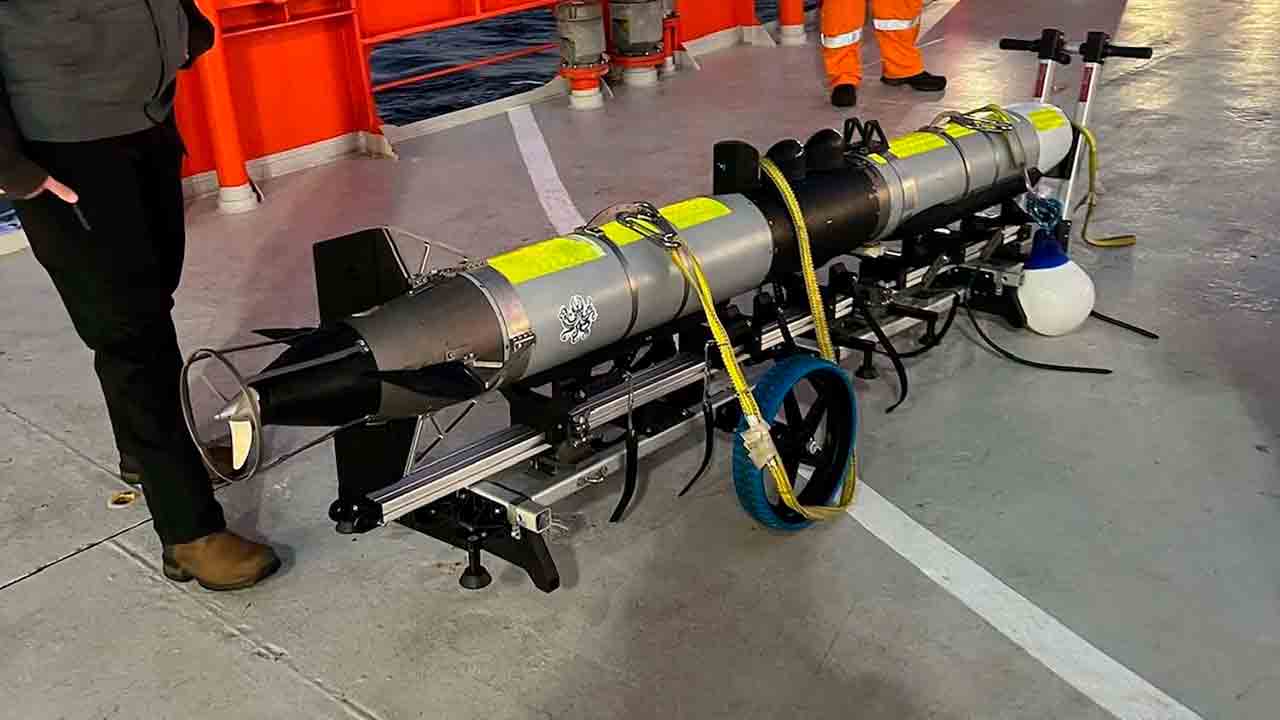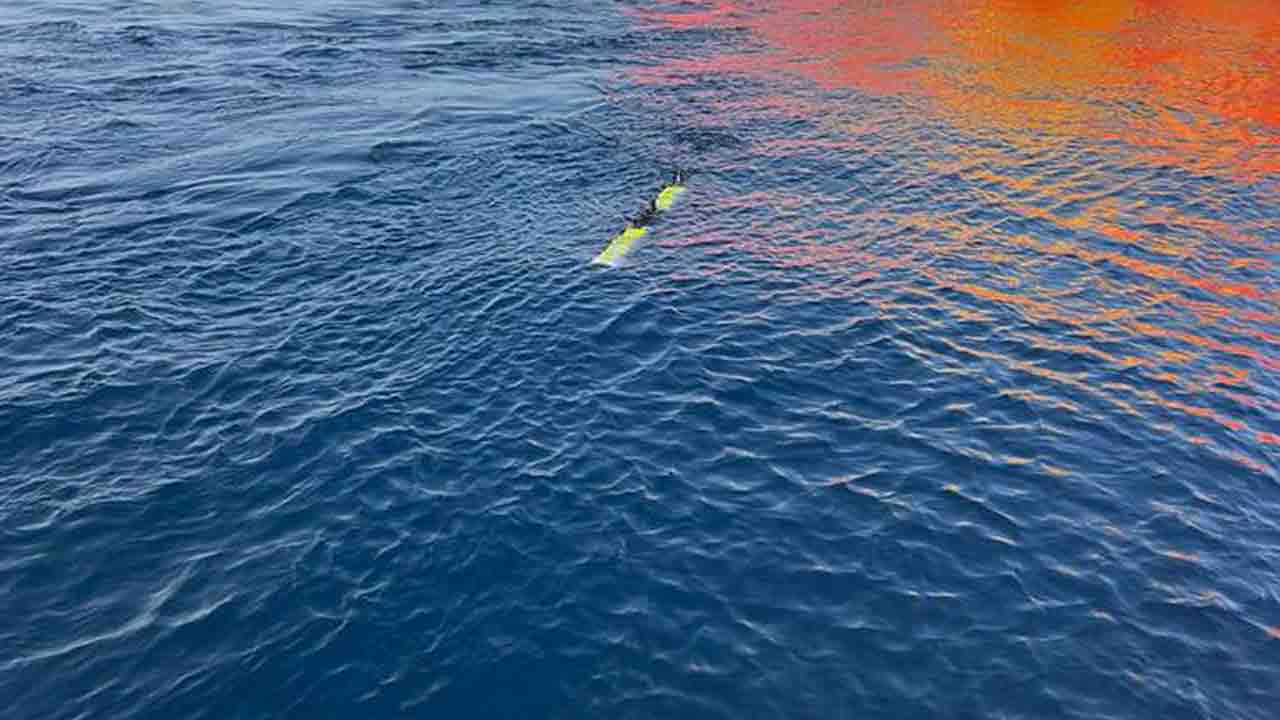The Royal Navy of the UK has successfully conducted innovative tests to launch and retrieve unmanned underwater vehicles (UUVs) from nuclear submarines, making important progress in the fleet’s strategic capabilities.
This exam isProject ScyllaIt was held in the Mediterranean as part of the project, and proved that it could fire UUVs using torpedo tubes from nuclear attack submarines. This strategy isAUKUS Pillar 2It is part of the International Alliance framework for the development of cutting-edge technologies aimed at security in the Indo-Pacific and Euro-Atlantic regions.
+ Russia begins renovation work to apply PD-8 engine to Be-200 amphibious aircraft
This new ability will enable British submarines toUnderwater reconnaissance, underwater communication, undersea battlesYou will be able to receive additional support for such missions.
“The realization of this test demonstrates our commitment to leveraging cutting-edge resources in future hybrid fleets, and is a major step in providing new capabilities to submarine forces,” said Brigadier General Marcus Rose, Deputy Director of Underwater Combat Capacity.
The exam isAutonomous Operations Division of Submarine Delivery AgencyandL3HarrisThis was carried out in cooperation with the company and demonstrated effective collaboration in the international joint development of naval technology.
「Bastion of the AtlanticAs part of its strategy to establish itself as “, Royal Navy has made clear its policy to further strengthen frontline combat capabilities by utilizing autonomous systems and artificial intelligence.
Source and images:Royal Navy. This content was created with the help of AI and was reviewed by the editorial team.



